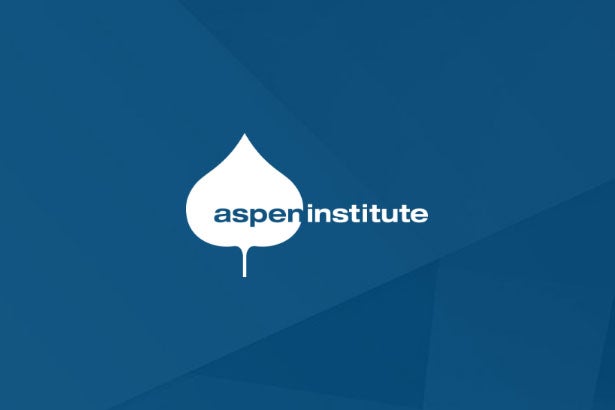Congress has been scrutinizing nonprofit organizations, and the debate about spending by foundations including the percentage of their assets distributed each year for good works, also known as “payout” may soon heat up again. To help inform discussion of foundation payout, the Aspen Institute’s Program on Philanthropy and Social Innovation published Money, Mission, and the Payout Rule: In Search of a Strategic Approach to Foundation Spending, by Thomas J. Billitteri, a former news editor at The Chronicle of Philanthropy. The paper brings together the history, analysis, and expert opinion about the payout issue in an accessible and unbiased treatment.
Money, Mission, and the Payout Rule ultimately points readers to the need for an “intentional” approach to establishing foundation payout rates. Foundations should match their payout rate to their mission through a process that engages donors, board members, and foundation executives in weighing the merits of spending more money on good works now versus deferring outlays until later. While such a process may seem self-evident, the paper finds that too few foundations have taken this approach.
In an effort to productively re-direct the philanthropic community’s discussion of its grantmaking and spending practices, the paper offers: a legislative history of payout rules; a summary of existing research on the payout rate and a listing of critical issues for future research; discussion of policy changes that may occur in this area; and examples of how foundation leaders are strategically addressing payout at their institutions.


